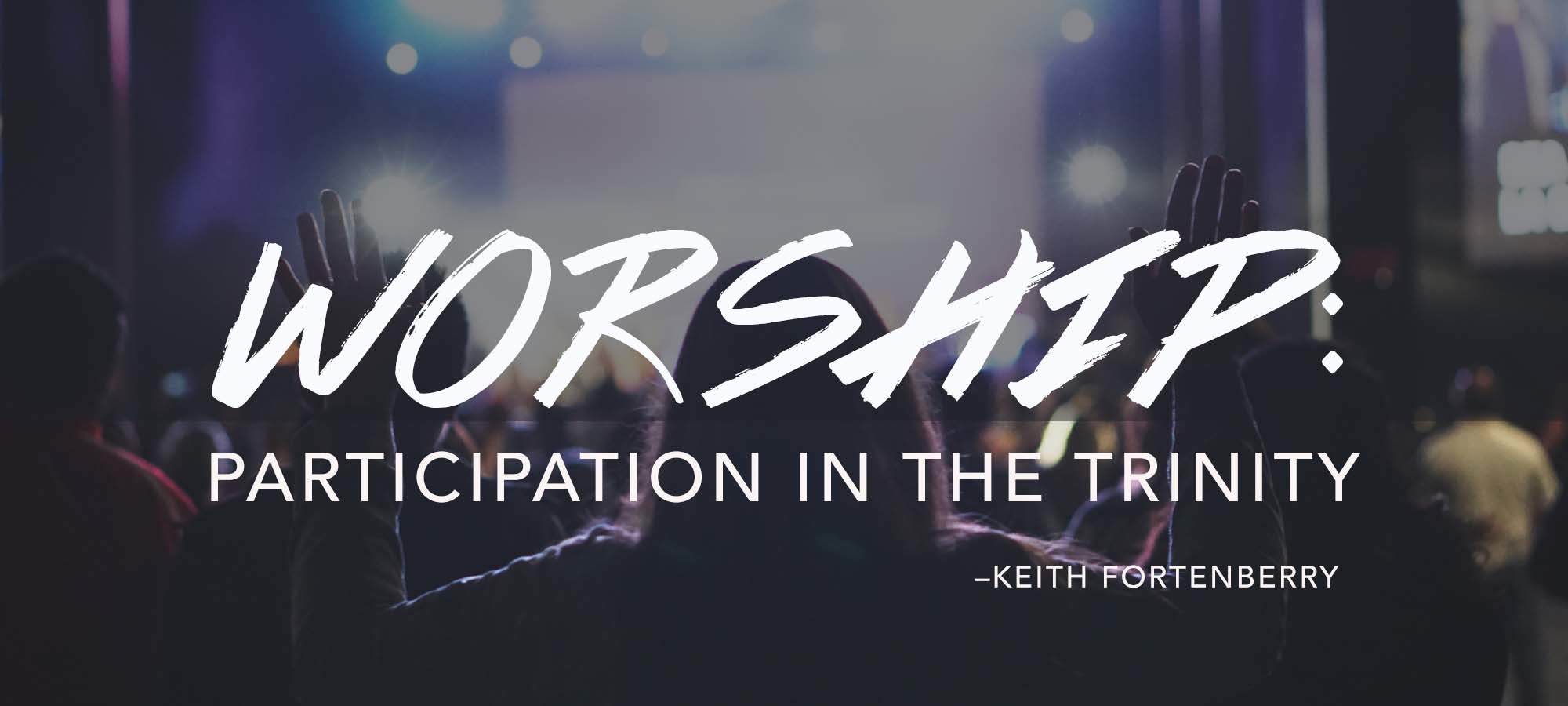
When you think of a worship service, what sort of things come to your mind? Some think of music styles, choirs, lighting, formality, informality, and the list goes on and on. The diversity of approaches to a worship service are so sharp at some points, it has spawned what has been termed the “worship wars” as complaints and criticisms are given back and forth between differing views of what a proper worship service looks like. I want to make it clear that I am not seeking to address the entire subject of worship here. Worship is what man is made for, and it involves the totality of his life, not just an hour and a half, one day a week. Yet since we are told not to forsake the assembling of ourselves, (Hebrews 10:25) it is clear that corporate worship is necessary for true Christianity.
My aim in this post is to simply ask about the essence of corporate worship, what is it in it’s essence, and then address how that should shape our view of what we are doing when we gather together for corporate worship. I firmly believe that understanding the nature of corporate worship will inform and influence the way in which we approach our services and may even speak to the structures that we employ.
Christian worship is participation in the life of the Trinity
It was around two years ago as several other people and I would gather to pray during the week for our service on Sunday that this was deeply impressed upon me. During this time we would ask God to move in our midst, bring a sense of freshness and joy, and meet us in meaningful ways. In one of those meetings, it dawned on me in a fresh way that if we cannot serve God in our own strength, we cannot worship in our own strength. We needed God’s Spirit to enable us, empower us and infuse us with His own passion for God. We were not simply coming to God or giving Him permission to enter our building for a few hours, but we were desperate people who needed God to help us.
I took to heart that when we worship, it is the Spirit moving in us, causing us to respond to God in His strength. The Spirit influences and informs our words and awakens our affections to the glory and beauty of God, filling us with gratitude for His extravagant love in Christ.
When we worship together, we are on a corporate level participating in the life of the Trinity through the redemptive work of the incarnate Son.
God accepts our worship in Jesus, and the Spirit applies His life to us and empowers us.
We are simply experiencing the life of the Trinity through Christ the God-Man. I will expand on this later, but let me say here that our worship is a participation in the Son’s worship of the Father. We join Jesus in His adoration and affection for His Father as brothers and sisters whom He is bringing to God.
The reason it is important to recover a Trinitarian view of worship is because worship takes the shape of its object.¹ If we worship the Trinity, this should inform and influence the way we conduct our services, so that our worship takes the form of the Trinity.² While we spin our wheels thinking of programmatic ways to make people feel comfortable (which is very important) and think of philosophies and methods and environment, we cannot neglect substance. We must understand the essence of what is happening and seek to apply that to how we approach our corporate worship services. I am not saying there is a silver bullet, but I wonder if we are beginning on the user end, treating the parishioner as a client to be pleased rather then starting from the foundational concepts of what is really going on.
In my next post, I will unpack the concept of Trinitarian worship further and offer what I hope to be helpful ideas about how we view and perhaps even structure our services.
¹Boswell, Matt (2013-12-01). Doxology and Theology: How the Gospel Forms the Worship Leader (p. 60). B&H Publishing Group. Kindle Edition.
²Ibid, pp. 60-61






